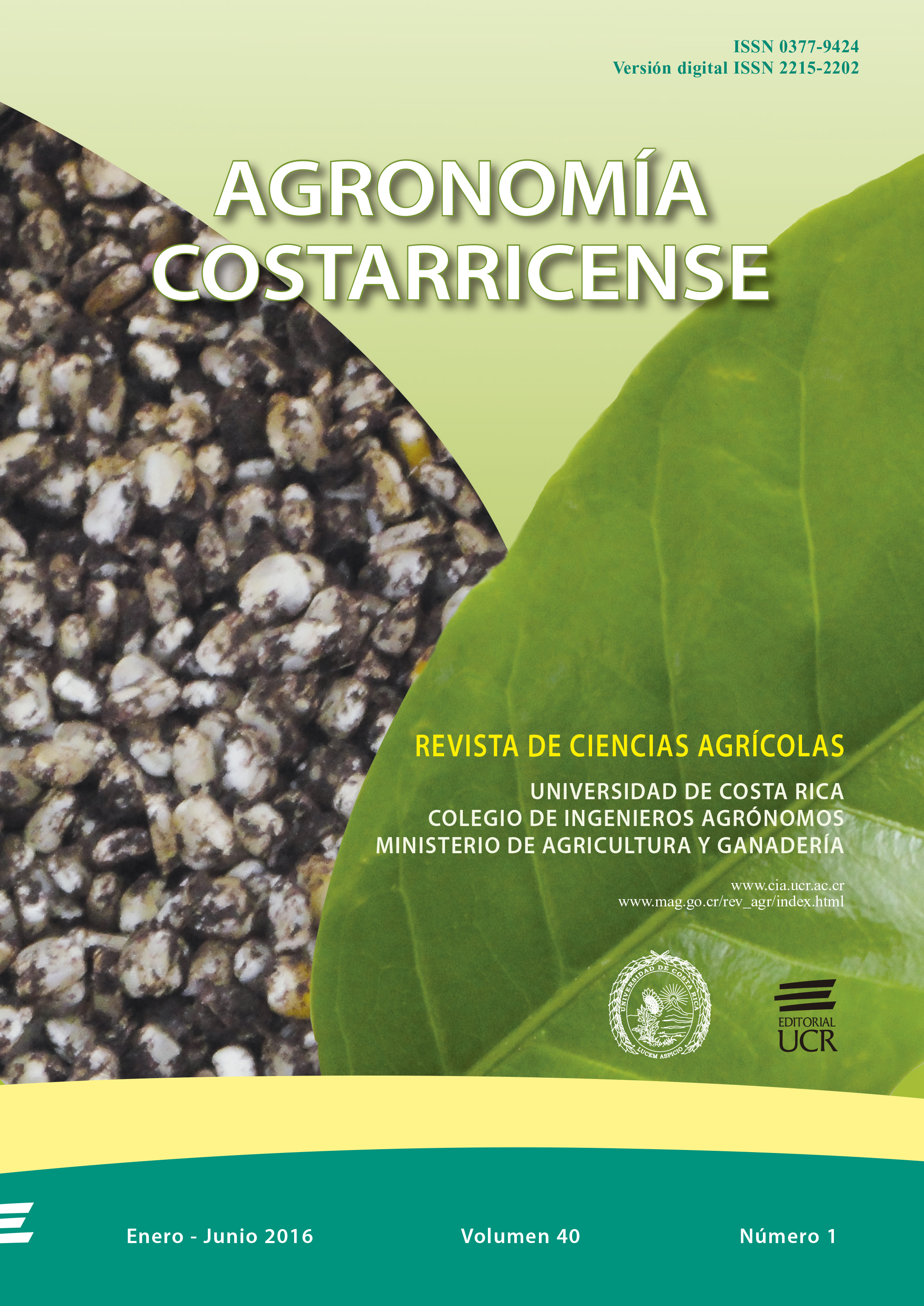Abstract
The use of Global Positioning Systems (GPS) to discriminate foraging activities of dairy cattle was evaluated at the robotic and pasturebased dairy farm of the WK Kellogg Biological Station, Michigan State University, during August 11-20, 2010. Visual scans of foraging activities and recording of locations and activity sensors were conducted on 4 lactating Holstein dairy cows (650 kg LW; 23 kg.day-1) equipped with GPS collars that register head position, X-axis and Y-axis movement sensors. Results from GPS collars showed 82-86% probability of estimating animal locations with a 7 m error. GPS data suggested cows were on pasture most of the time 94.6% (±0.92) and under barn only 5.4% (±0.92). When cows were on pasture, they spent most of the time grazing (51%); the remaining time was devoted to resting (43%) and traveling (6%); cattle traveled an average 3385 m±712 SE per day. In low-temperature days the main activity of cows was grazing (92%), but under medium and high temperatures grazing was only 62.6 and 59.4%, respectively. On the contrary, resting was most important under medium and high temperaturas (33.6 and 31.8%, respectively). The usefulness of remote sensing and GPS to monitor animal behavior was demonstrated.
References
BLACK C.M., CIBILS A., ENDECOTT R.L., PETERSEN M.K., BOYKIN K.G. 2008. Piñon–Juniper Woodland Use by Cattle in Relation toWeather and Animal Reproductive State. Rangeland Ecology & Management 61:394-404.
DEPEW J.J. 2004. Habitat selection and movement patterns of cattle and white-tailed deer in a temperate savanna. Master’s thesis, Texas A&M University. Texas A&M University. 85 p. Consulted on 10-10-2014, available electronically from http://oaktrust.library.tamu.edu/ bitstream/handle/1969.1/2616/etd-tamu-2004B-2-RLEM-Depew.pdf?sequence=4&isAllowed=y
DI RIENZO J.A., CASANOVES F., BALZARINI M.G., GONZALEZ L., TABLADA M., ROBLEDO C.W. 2008. InfoStat, versión 2008, Grupo InfoStat, FCA, Universidad Nacional de Córdoba, Argentina. 336 p.
GANSKOPP D.C. 2001. Manipulating cattle distribution with salt and water in large arid-land pastures: a GPS/GIS assessment. Applied Animal Behaviour Science 73:251–262.
GANSKOPP D., BOHNERT D. 2006. Do pasture-scale nutritional patterns affect cattle distribution on rangelands? Rangeland Ecol. Manage 59:189-196.
GANSKOPP D.C., JONHSON D.D. 2007. GPS Error in Studies Addressing Animal Movements and Activities. Rangeland Ecol. Manage 60:350-358.
GARY L.A., SHERRITT G.W., HALE E.B. 1970. Behavior of Charolais cattle on pasture. J. Anim. Sci. 30:203-206.
GUO Y., CORKE P., POULTON G., WARK T., BISHOP G., SWAIN D. 2006. Animal Behaviour Understanding using Wireless Sensor Networks. Proceedings. 2006 31st IEEE C.
HANDCOCK R.N., SWAIN D.L., BISHOP G.J., PATISON K.P., WARK T., VALENCIA P., CORKE P., O’NEILL C.J. 2009. Monitoring animal behavior and environmental interactions using wireless sensor networks, GPS collars and satellite remote sensing. Sensors 9, 3586-3603 p. doi: 10.3390/s90503586
JOHNSON D.E., WILSON M., WILSON K.D., LARSON L.L., WILLIAMS J., NDZEIDZE S.K., DEL CURTO T., CLARK P.E. 2009. Spatial Behavior and Distribution of Cattle Grazing Riparian Zones in Northeastern Oregon, pp. 3-4.
MOEN R., PASTOR J., COHEN Y., SCHWARTZ C.C. 1996. Effects of moose movement and habitat use on GPS collar performance. Journal of Wildlife Management 60:659-668.
MORA J., SERRANO J.R., PIÑEROS R., DIAZ G. 2014. Cattle´s grazing distribution for searching fodder and comfort´s areas on tropical silvo-pastures: an approach using GPS. Proc. Aust. Soc. Anim. Prod. 30:389.
NATIONAL RESEARCH COUNCIL. 1996. Nutrient requirements of beef cattle. 7th d. Washington, DC: National Academy Press. 242 p.
SERRANO R. 2013. Interacción entre cobertura arbórea y comportamiento animal durante las épocas seca y húmeda en pasturas del Magdalena medio Tolimense. Tesis de maestría, Universidad Nacional de Colombia, Palmira. 122 p.
TOMKINS N., O’REAGAIN P. 2007. Global positioning systems indicate landscape preferences of cattle in the subtropical savannas. Rangeland J. 29:217-222.
TURNER L.W., UDAL M.C., LARSON B.T., SHEARER S.A. 2000. Monitoring cattle behavior and pasture use with GPS and GIS. Can. J. Anim. Sci. 80:405-413.
UNGAR E.D., HENKIN Z., GUTMAN M., DOLEV A., GENIZI A., GANSKOPP D. 2005. Inference of Animal Activity From GPS Collar Data on Free-Ranging Cattle Rangeland Ecol. Manage 58:256-266.


